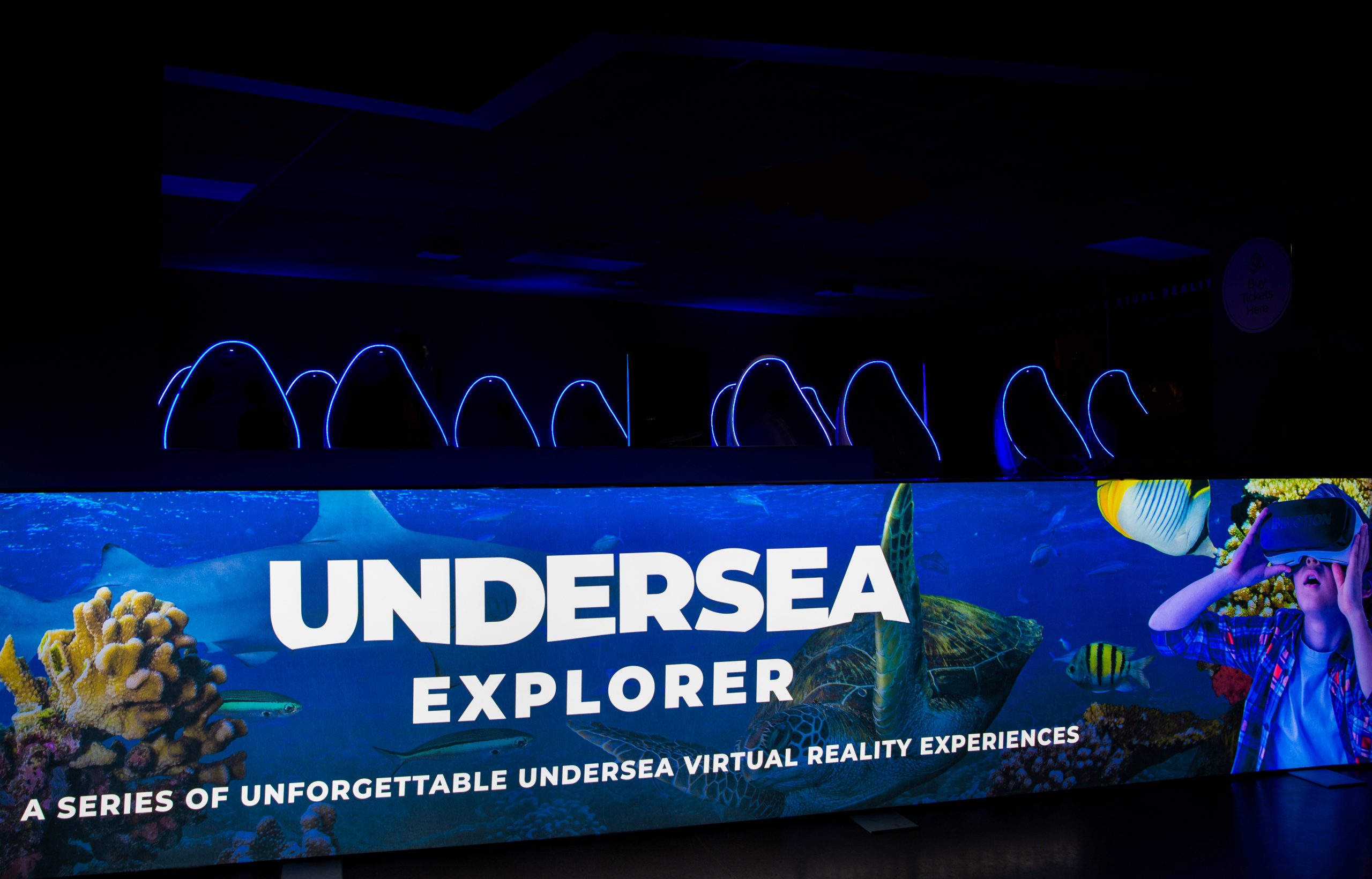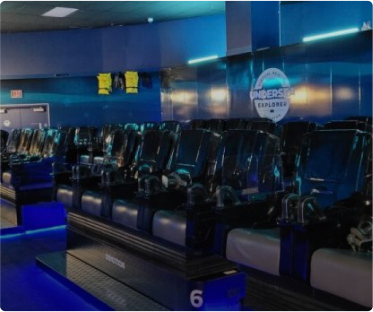“We want to get a billion people into VR” – Mark Zuckerberg
Three months in and Virtual Reality in 2018 is an ever quickening tide finding its way over the reef. Driven by global giants and indie developers alike the race to ride the wave is on.
The major trend early in the year is that out of home VR experiences are winning the day. In arcades, cafes or in large expos there is huge interest that up till now has been obstructed by the high costs and availability of quality VR experiences. This is looking to strengthen through the year as more content and platforms for this style find their feet.

14/12/2017
Photo by Simon Galloway
Photo must carry Photographer byline;
©Simon Galloway 2017. All Rights Reserved.
Virtual Reality Hardware
HTC currently remains top of the table for VR equipment. The Vive Pro is technically the first, second generation mass produced headset on the consumer market. It’s resolution has increased to 2880 x 1600 and DPI to 615. Wired is the standard but it has wireless adapters available. Oculus Rift is still a popular choice but is facing stiff competition. Microsoft has produced a small army of mixed reality headsets from various Manufacturers like Dell and Lenovo. The costs of these headsets are reasonable and many have received very favorable reviews. The two major features have been the easy to flip up design and implementation of Steam. At home there are VR headsets selling from £5 up to help make this technology commonplace. This has brought out a huge range of small development teams that can capitalize on innovation and the app store sales for quick turnaround.

Virtual Reality Software
The quality of the experience seems to be at the core of driving this technology forward this year. Companies like Survivos are offering triple A titles like RAW DATA and Sprint Vector designed entirely for VR and are about to launch Creed in connection with MGM. Game giant Bethseda have dived in head first with VR ports of both Skyrim and Fallout 4, garnering the highest sales on steam and setting out their stall for their future development direction.

Accessible Virtual Reality
In 2018 the console gaming market remains one of the biggest pots of gold for gaming. VR will either find itself inextricably linked to it for some time or may force an unparalleled change. Sony Playstation continues to expand the content for their PSVR to moderate success, the uptake has been stilted through some negative user feedback but has helped keep their foot in the door. June welcomes the arrival of E3, with it comes Microsoft’s biggest declared presence to date, the rumors of VR are ever growing and with the all powerful Xbox One X selling well it would seem unlikely Playstation will be allowed to have VR all to itself.

Virtual Reality and Investment
Major developments are also taking place in the area of blockchain based VR firms. Decentraland used blockchain to sell 10x10m chunks of virtual land that can be developed, traded through or sold. The opening crowdfunding sale made $24 million in an incredible 35 seconds. As blockchain looks to be another runaway development it remains an interesting weave of the VR tapestry. Blockchain continues to proves valuable for security and the rise in gaming economy, it would not be surprising to see these technologies remain closely bound.

Connectivity and Virtual Reality
Social VR as one of the more utilitarian uses of VR continues to grow strongly. VR Chat which spawned the internet sensation of Knuckles built awareness in a way only unintentional viral videos can do. As Facebook drives forward its own incorporation of VR I am sure Mark Zuckerburg will be greatly pleased chat over VR has been so widely accepted. It is increasingly evident connectivity will likely form the bedrock of daily use for VR.

Virtual Reality Peripherals
Other more periphery developments have been around field of view focusing (FOV) and Haptics. FOV eye tracking when properly developed will allow PCs to render fully only what the user is looking at, this will reduce the processing power dramatically. In return, the cost of running VR will drop, the programming limitations will fall away and VR will turn into something akin to the boulder that chases Indie in the Temple of Doom. Haptic gloves will most likely become the way we interface with the virtual world. Contact CI have developed gloves that can already replicate a real sensation of touch when handling a virtual object. Button mapping and controllers will become a thing of the past. Gesture, voice and real interaction will take over as the primary method of control.
Watch this space as we update this blog throughout 2018 and see how the Virtual Reality world progresses.
By Joe Turner-McMullan


 Prev post
Prev post Next post
Next post
 read article
read article